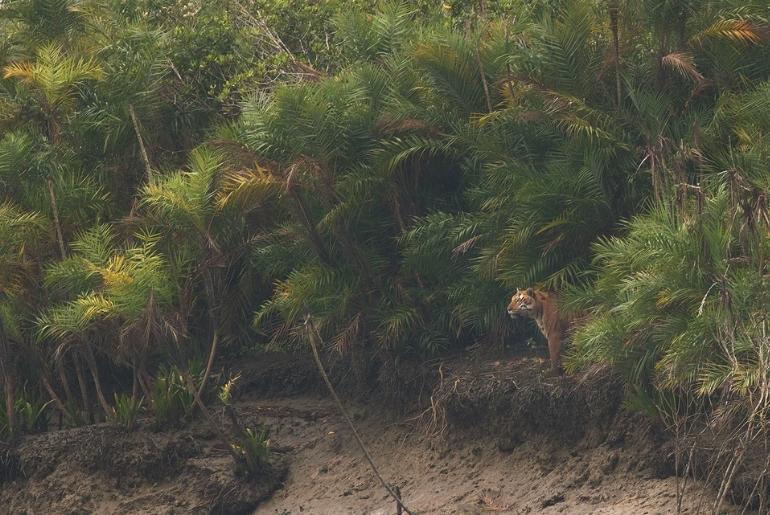The Sundarbans, home to the world’s only mangrove-dwelling tigers, is about to take on a larger role in India’s conservation map. The National Board for Wildlife (NBWL) has cleared West Bengal’s long-pending proposal to expand the Sundarban Tiger Reserve, a move that will push its size to nearly 3,630 sq km and make it the second-largest in the country after Andhra Pradesh’s Nagarjunasagar Srisailam.
Sunderbans Tiger Reserve All Set To Expand
According to The Print, the plan adds three ranges, including Matla, Raidighi, and Ramganga, all within South 24 Parganas. These areas aren’t empty green patches; they already hold tigers that often slip in and out of the official boundary.
In 2022, for instance, 81 tigers were recorded inside the reserve and another 20 outside it, with at least one big cat counted in both lists, evidence of how fluid the landscape is for its residents.
West Bengal’s principal forest secretary, Debal Ray, said that this is an important milestone for them. He also added that it has been a long due process now, and bringing these ranges under the reserve’s management will give them more room to protect both wildlife and the fragile ecosystem.
The Sundarbans, created in 1973 when Project Tiger was launched, is older than many of the country’s better-known reserves. Its status as a UNESCO World Heritage Site underlines not just its tiger population but also its wider ecological value. Its ecological additives are mangroves that absorb the blows of cyclones, tidal rivers that sustain fishing communities, and shifting islands that remind residents daily of rising seas.
More About The Expansion

The expansion idea has been floating for two decades. It first surfaced in 2002 and was revived in 2022 when the state government finally sent a detailed plan to Delhi.
Earlier this year, the National Tiger Conservation Authority signed off, and now the NBWL, chaired by the Prime Minister, has done the same.
Once the formalities are completed, the Sundarbans will leapfrog most other reserves in size, though Nagarjunasagar’s sprawling 5,937 sq km means it will keep its number-one spot for the foreseeable future. Conservationists say size is not just a matter of prestige, as more land means wider corridors, less conflict, and healthier tiger populations, as stated by The Print.
Also Read: West Bengal Launches Vaccination On Boat For People Living In Remote Sunderbans Island
For the people of South 24 Parganas, the announcement means something else. It brings the promise of stricter protection but also the uncertainty of what “tiger reserve” status might mean for everyday life in villages along the forest edge. Balancing those realities is likely to shape the next chapter of this world-famous delta.
Cover Image Courtesy: thomasb./CanvaPro
For more such snackable content, interesting discoveries and the latest updates on food, travel and experiences in your city, download the Curly Tales App. Download HERE. First Published: August 23, 2025 5:57 PM




